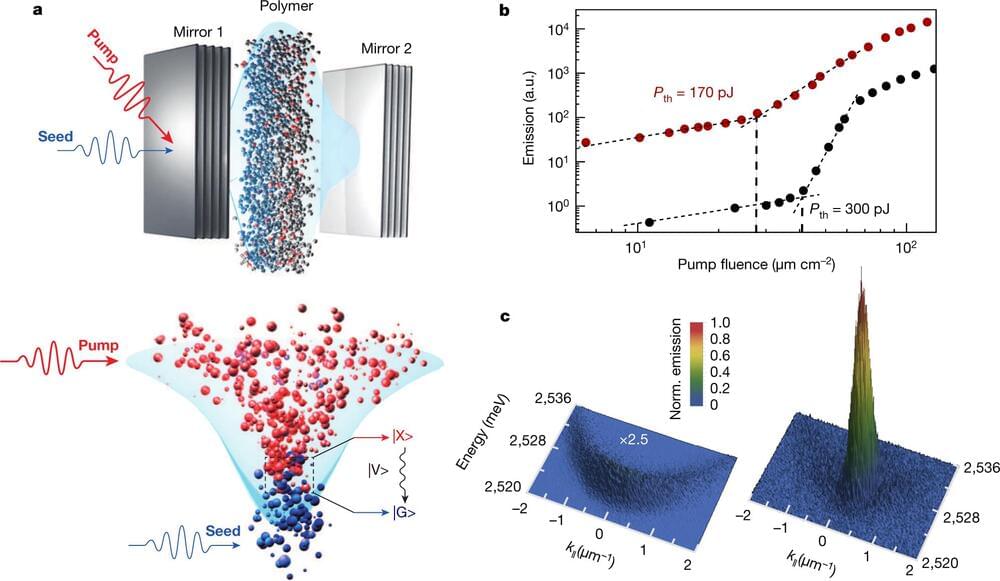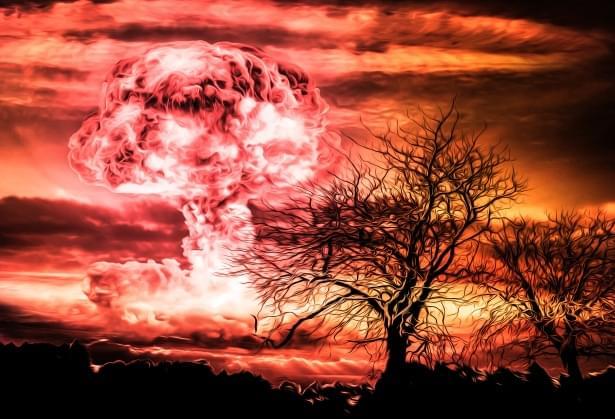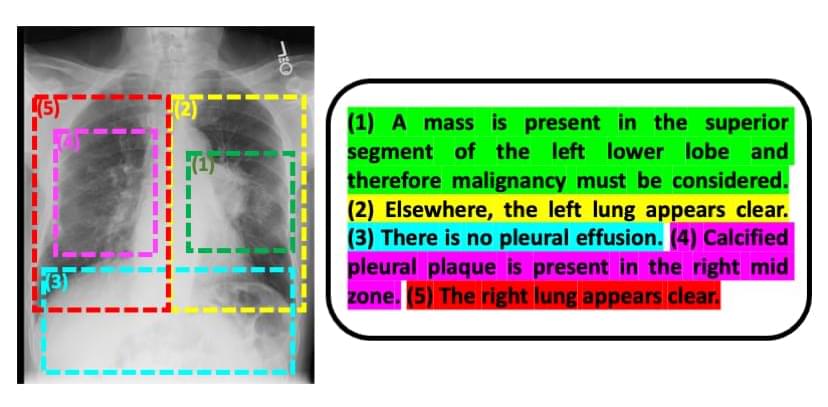“DeepGreen is offering a false or dystopian choice,” Deep Sea Conservation Coalition cofounder Matthew Gianni told The Guardian.
Dangling the possibility of widespread electric vehicle adoption by securing the resources necessary to manufacture more and better batteries is certainly tantalizing. But scientists told The Guardian that getting those metals from the seafloor — especially with machines that would cause a poorly-understood environmental impact in an area that’s nearly impossible to monitor and regulate — would come at too great a cost.
“There are some very significant questions being raised by scientists about the impacts of ocean mining,” University of California, Santa Barbara researcher Douglas McCauley told The Guardian. “How much extinction could be generated? How long will it take these extremely low-resilience systems to recover? What impact will it have on the ocean’s capacity to capture carbon?”









